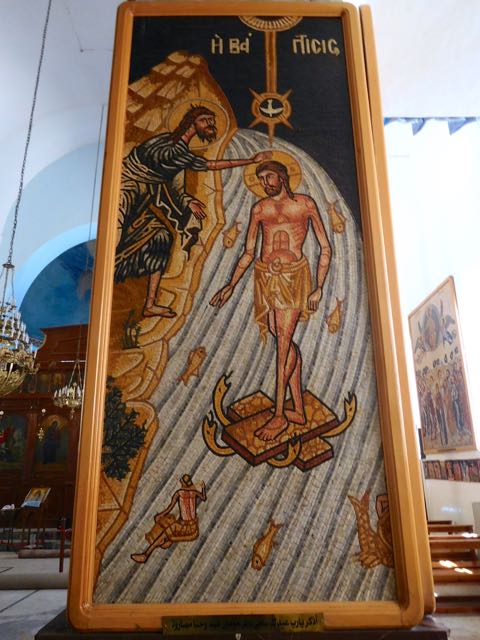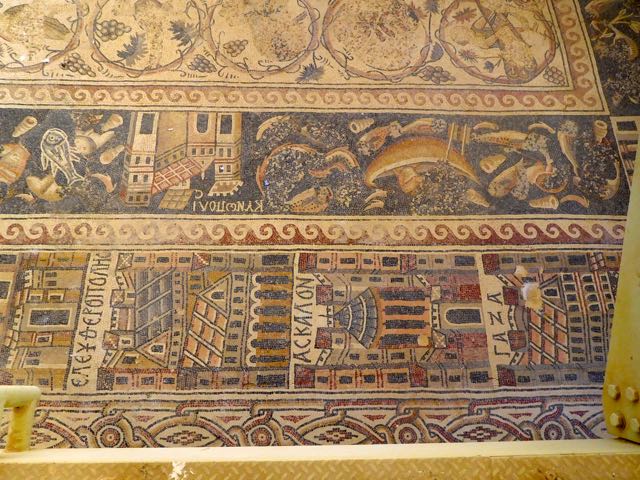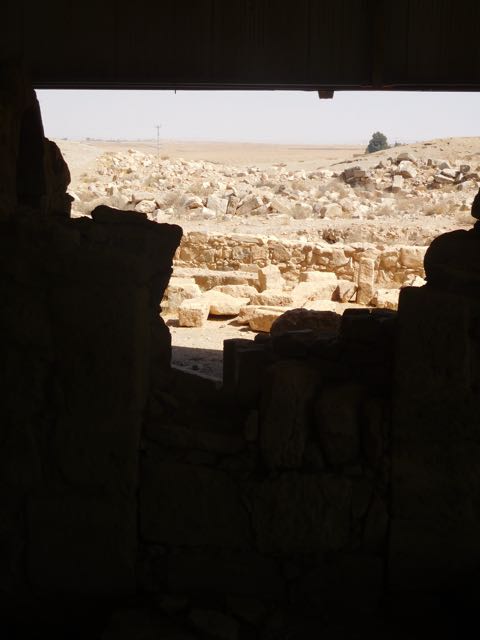It always pierces my heart like a sword to hear the words of Martin Luther King Jr.:
“I just want to do God’s will. And he’s allowed me to go to the mountain. And I’ve looked over and I’ve seen the promised land! I may not get there with you, but I want you to know tonight that we as a people will get to the promised land.” It cost him his life too soon.
Those of us in the South know so well the struggle. We’ve climbed many a hill but missed the view. And it must have been the same for Moses, who wandered with his rowdy and not very obedient nor appreciative people for 40 years trying to prepare them for their promised land of Canaan, and yet, that which was promised by God to Abraham and his descendants, Moses was only able to see from a distance from Mt. Nebo in Jordan, just above the Jordan River which continues to provide so much life to those who lived around it. God said to him, “This is the land I promised on oath to Abraham, Isaac and Jacob when I said I will give it to your descendants, I have let you see it but you will not cross over into it.” And Moses, the Lord’s servant, whether he was pleased or distraught, died there and was buried in Moab in the valley opposite Beth Peor. No one has ever found his grave, although some claimed he disappeared into the sky at age 120.
Now, like Dr. King, wanting to do God’s will on this effort to be a pilgrim in the Holy Land, I have seen with my eyes, from hazy Mt. Nebo in Jordan, the Promised Land of Canaan that once was home for God’s wandering people. The view is spectacular, and it is awesome that Moses stood in nearly the same area when God allowed him to get a glimpse of the land. I said a thanksgiving prayer in honor not only of Moses, but of Dr. King, because some of the things we spend our lives fighting for, we often are only allowed to see the hope, but not to experience the victory. Dr. King felt the pull and the disappointment that he would never see the Promised Land he fought so faithfully to provide his people, that land of freedom and fair treatment and respect. The fight is still going on.
Jordan has had a history that connected to many civilizations from the Stone Ages when agriculture was seeded and animals domesticated, when writing was invented and metals became the do or die, the win or lose factor. City states and fortifications accompanied the rise of leaders of groups, similar to the developing Egyptian Dynasties. It was Abraham’s time. It was Moses’ time and the Kingdoms of Ammon, Moab and Edom arose at the same time the northern kingdom of Israel (Saul, David, Solomon) and Judea, the southern kingdom burst into flower. These kingdoms were crushed by Assyrians, and Babylonians and by the Persians and the Greeks (Alexander the Great.) It was hot property, so to speak, because of its location and the Arab Nabataeans appeared and built Petra and held on to Jordan with force. They held sway until the Christian Byzantines took control. After 636 AD, and on and off during the Crusades, the Islamic Period arrived and it is still the heart of Jordan.
Joshua and the Israelites crossed the Jordan in the area of Bethany, and Elijah ascended to heaven in a whirlwind, first crossing the Jordan River as he came from Jericho to the east bank where a chariot and horses of fire took him to a point he disappeared. It’s on the east side of Wadi Al Kharrar or Tal Elia. This part of Jordan, from Amman to Petra, holds close to its heart much of the history of the Old and New Testament as well, from Moses and Aaron to John the Baptist, and now historians believe Jesus was baptized on the Jordan side of the river, which one can visit and almost shake hands with those dipping in the water on the Israeli side. The “baptismal fonts”, so to speak face each other. The one on Israel side is a modern glass and white stone extravaganza. The one on Jordan side in Bethany is simple, not ostentatious, a long long series of white stone steps which give the pilgrim a more tranquil and spiritual journey to touch the holy water of the river. It secures one’s awareness that you are in a place of great history and the water still flows, and the banks still flood each year, and penitents in white still jump in for a self-made baptism or maybe one guided by a priest or deacon.
 As a starter, we were driven down from Amman to below sea level – by 1400 feet, where dates, avocados, strawberries, bananas and other fruits grow without effort and my ears popped like gun shots. Then our guide began to tell us his version of what’s going on (The Muslim Haj was processing in Mecca and Muslims were celebrating for a four day holiday). He said Abraham’s first wife, Sarah, actually chose a very wealthy Egyptian woman from a royal family to be mother of Abraham’s child, who was Ishmael. When he was 6-8 years old, Sarah got jealous. Then God asked Abraham to sacrifice his son – and this was Ishmael – and when Abraham was sharpening the knife because he was having problems getting it sufficiently sharp, the son said he would sharpen for him, but the knife was not working. So he replaced the son with a lamb. Ismael was the oldest son therefore he would have been the one to be sacrificed. It wasn’t Isaac, Sarah’s son. Apparently this story is important in the Koran.
As a starter, we were driven down from Amman to below sea level – by 1400 feet, where dates, avocados, strawberries, bananas and other fruits grow without effort and my ears popped like gun shots. Then our guide began to tell us his version of what’s going on (The Muslim Haj was processing in Mecca and Muslims were celebrating for a four day holiday). He said Abraham’s first wife, Sarah, actually chose a very wealthy Egyptian woman from a royal family to be mother of Abraham’s child, who was Ishmael. When he was 6-8 years old, Sarah got jealous. Then God asked Abraham to sacrifice his son – and this was Ishmael – and when Abraham was sharpening the knife because he was having problems getting it sufficiently sharp, the son said he would sharpen for him, but the knife was not working. So he replaced the son with a lamb. Ismael was the oldest son therefore he would have been the one to be sacrificed. It wasn’t Isaac, Sarah’s son. Apparently this story is important in the Koran.
Interesting, too, are the Nabataeans, who are considered to be the three wise men from the East who brought gifts to Jesus. Being from Petra, they would have access to the large production and the only in the region, of frankincense and myrrh. Now those spices come from Oman and Yeman which have a type of drizzling moisture climate and lots of heat in the summer. The only other place these spices can be grown is in Central African Republic. So it seems the crux of faith depends on what religion you are in, and what the stories are. The Koran has many references to moments in our stories and beliefs about Jesus Christ and his mother Mary, called Miriam.






